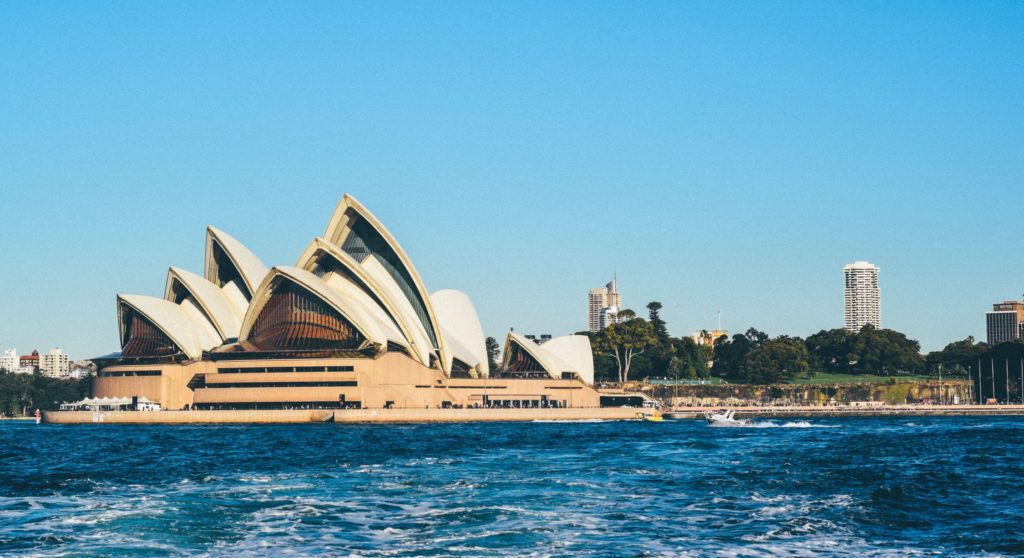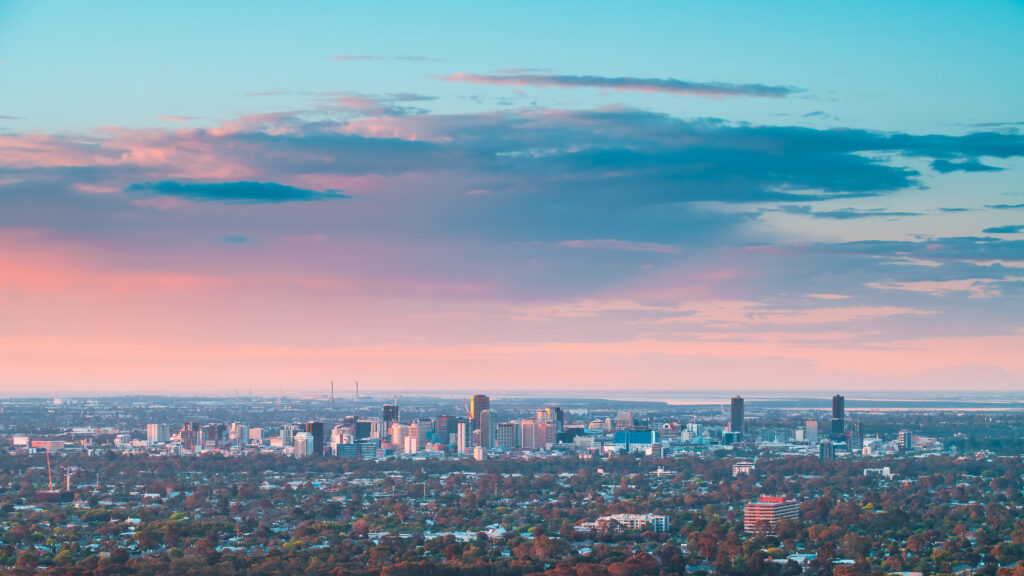Australia is a diverse and fascinating country, with an Indigenous population dating back many thousands of years. This very basic overview is our starting point for international students wanting to know more about the nation’s background.
First Nations Australian Origins
Indigenous Australians have lived in the nation for at least 50,000 years. This means they have the oldest living cultural history in the world. When the British arrived in 1788, as many as 250 different languages were spoken across the nation. The Australian Institute of Aboriginal and Torres Strait Islander Studies has produced this map detailing the languages used across Australia. Barani, an Aboriginal word of the Sydney language that means ‘yesterday’, is a project detailing the Aboriginal history of the Sydney area.
Prior to the colonisation of the British, there were between 300,000 and one million First Nations people living in Australia.
More information: Culture & History | Spirituality
1788 – First Fleet and Convicts
The Dutch first sighted Australia in 1606 before Captain Cook colonised the land for Great Britain in 1770. The First Fleet of 11 boats arrived at Botany Bay in 1788 to establish New South Wales as a penal colony (receiving convicts until 1848). Convicts were later sent to the other states, with the exception of South Australia, which was established as a free colony in 1836.
Over 162,000 convicts were transported to Australia from Great Britain, the majority to New South Wales and Tasmania.
More information: First Fleet | Convicts
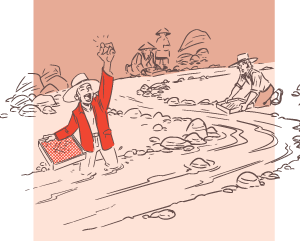 The 1850s – Gold Rushes
The 1850s – Gold Rushes
The discovery of gold in Australia (in Bathurst first, then Ballarat in 1851) kickstarted the economy and created the idea of Australia as a desirable location. The year 1854 saw the Eureka Stockade in Ballarat, a rebellion against taxation that some see as a crucial event in the evolution of Australia’s democracy. This is also the first period of Chinese immigration, with 50,000 Chinese arriving and the establishment of many Chinatowns.
More information: Overview | Chinese miners
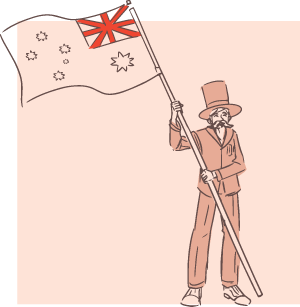 1901 – Federation
1901 – Federation
The Commonwealth of Australia was created in 1901 with the Federation of all the states. It was agreed that the capital could be in NSW but no closer than 100 kilometres from Sydney. This led to the creation of Canberra, with a temporary parliament set up in Melbourne for 27 years.
Both New Zealand and Fiji were invited to join the Federation of the states but declined the invitations.
More information: Creating a nation | Important documents
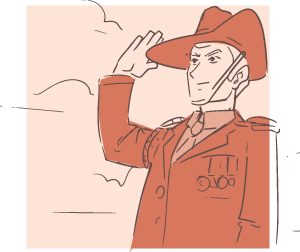 1915 – World War I
1915 – World War I
In April 1915, the Australian and New Zealand Anzac Corps (ANZACs) took part in the World War I Gallipoli Campaign. Despite the defeat, this battle has great relevance in defining the characteristics of Australians. April 25, the date of the first landing at Gallipoli, is ANZAC Day – the date Australians remember and pay respects for the sacrifice of our Armed Forces, both past and present, in conflicts around the world.
Almost 39% of Australia’s male population between 18 and 44 enlisted to fight in World War I.
More information: Australians at war | ANZAC Day
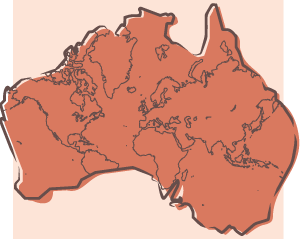 1945 – New Arrivals and Multiculturalism
1945 – New Arrivals and Multiculturalism
The end of World War II, and then subsequently the Vietnam War, led to an influx of migrants to Australia. The Snowy Mountains Scheme (1949 – 1974) employed 100,000 people, with 70% being migrants from 30 different nations. Steady Asian migration began in the 1970s, and now people from all over the world call Australia home. This is reflected in many aspects of Australian life, with Australian society known for its equality and lack of clear class distinctions.
More information: Snowy Mountains Scheme | Changing face of Australia
Read more: A Brief History of Australian Music

